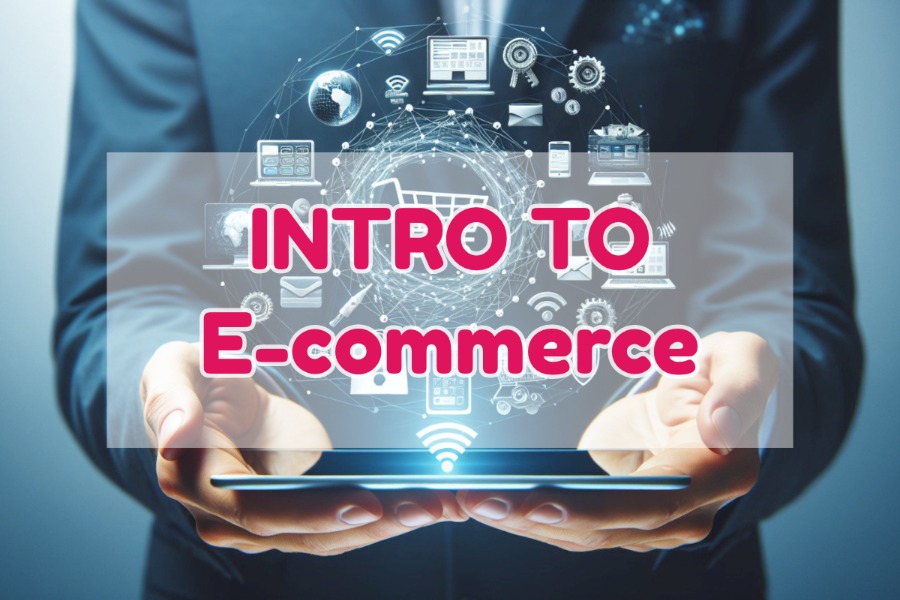Key Takeaways
| Aspect | Insights |
|---|---|
| Global Sales | Expected to reach $6.5 trillion by 2024. |
| Popular Platforms | Shopify leads, followed by WooCommerce and BigCommerce. |
| Shopping Preferences | Mobile and social media platforms are preferred. |
| Consumer Expectations | High demand for free shipping and fast delivery options. |
| Payment Methods | Credit cards remain the top choice, followed by PayPal. |
Introduction to E-Commerce
E-commerce, a sector that continues to surge in growth and significance, is evolving rapidly. As we look towards 2024, our insights reveal a promising yet dynamic future for online businesses and consumers alike.
With global e-commerce sales projected to hit a staggering $6.5 trillion, the future signifies not just growth but the further integration of technology into our shopping habits.

For a deeper dive, explore our comprehensive guide on Starting Your Own E-Commerce Online Shop.
The Driving Forces Behind E-Commerce Expansion
Several key factors are instrumental in propelling the e-commerce industry forward:
- Technological Advancements: Technology has not only made e-commerce accessible but also transformed shopping into a seamless, intuitive experience. Innovations in AI, VR, and mobile technology are significant drivers.
- Consumer Behavior: Today’s consumers lean towards convenience, variety, and speed. This preference underpins the growing popularity of mobile shopping and social media sales platforms.

To leverage these trends, businesses must adapt their strategies, focusing on robust Digital Marketing Services.
E-Commerce Platforms: A Comparative Analysis
Choosing the right e-commerce platform is paramount. In 2024, Shopify, WooCommerce, and BigCommerce are set to dominate the landscape.
- Shopify enjoys a leading position, favored for its ease of use and scalability.
- WooCommerce offers unparalleled flexibility, particularly for those already using WordPress.
- BigCommerce stands out for its robust built-in features suitable for growing enterprises.
Web Design Services.
Marketing Strategies for E-Commerce Success
Effective digital marketing and SEO are crucial for e-commerce success. They not only help businesses reach their target audience but also drive conversions:
- Content Marketing: Engaging and valuable content can significantly boost online visibility.
- SEO: Optimizing for search engines improves website ranking, leading to increased traffic.
For expert assistance, consult our SEO Services to elevate your e-commerce business.
The Future of E-Commerce
The trajectory of e-commerce is towards more personalized, immersive, and efficient shopping experiences. Emerging trends suggest:
- Augmented Reality Shopping: Providing customers with virtual try-on experiences.
- Social Commerce: Enhanced buying options on platforms like Instagram and Facebook.
- Sustainability: Growing consumer demand for eco-friendly products and practices.
Future advancements will undoubtedly reshape the e-commerce ecosystem, making adaptability and forward-thinking essential for success.
Conclusion
As we gear towards 2024, the e-commerce landscape presents both opportunities and challenges. Businesses that are quick to embrace technology, understand market trends, and prioritize customer experience will thrive. At Cambs Digital, we are committed to helping you navigate this evolving digital marketplace.
For a holistic growth strategy, incorporating AI and automation in your e-commerce efforts can significantly enhance customer experience and operational efficiency.
E-commerce is not just surviving; it's thriving. With the right approach, your business can too.


